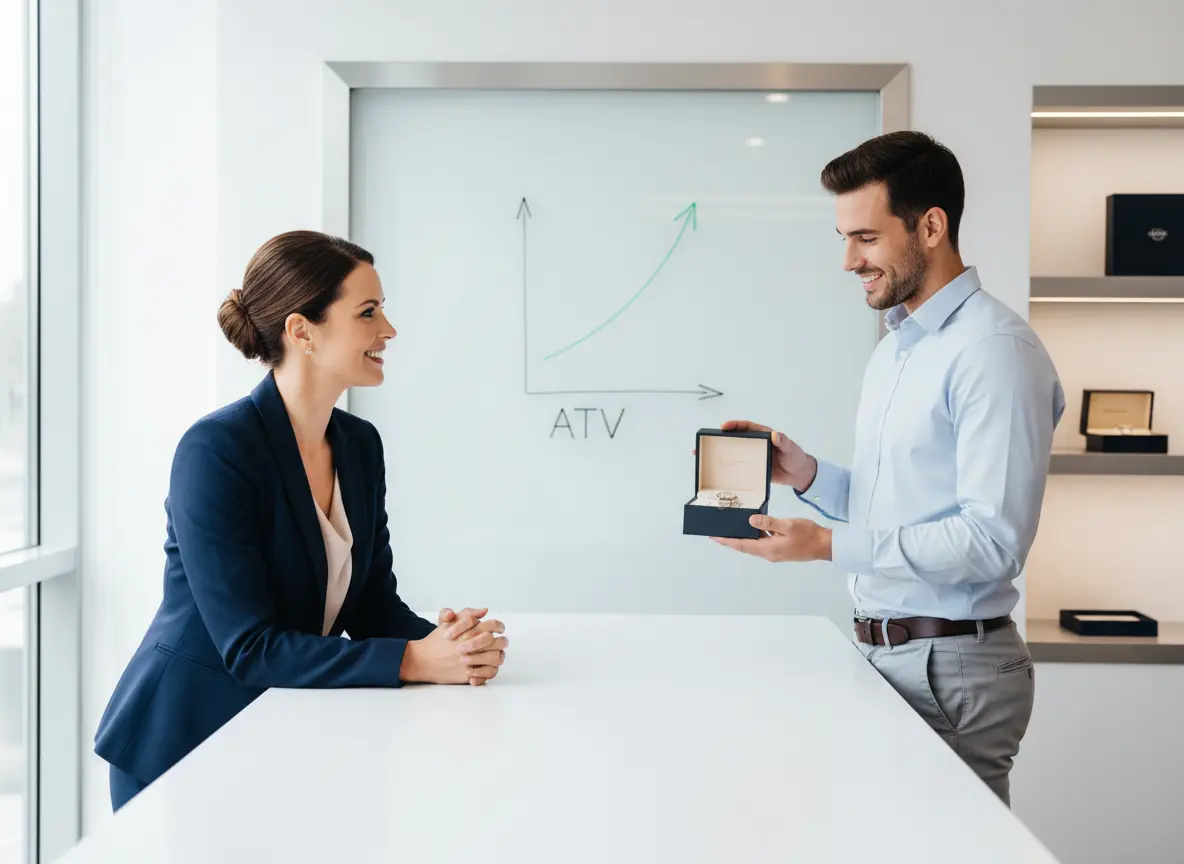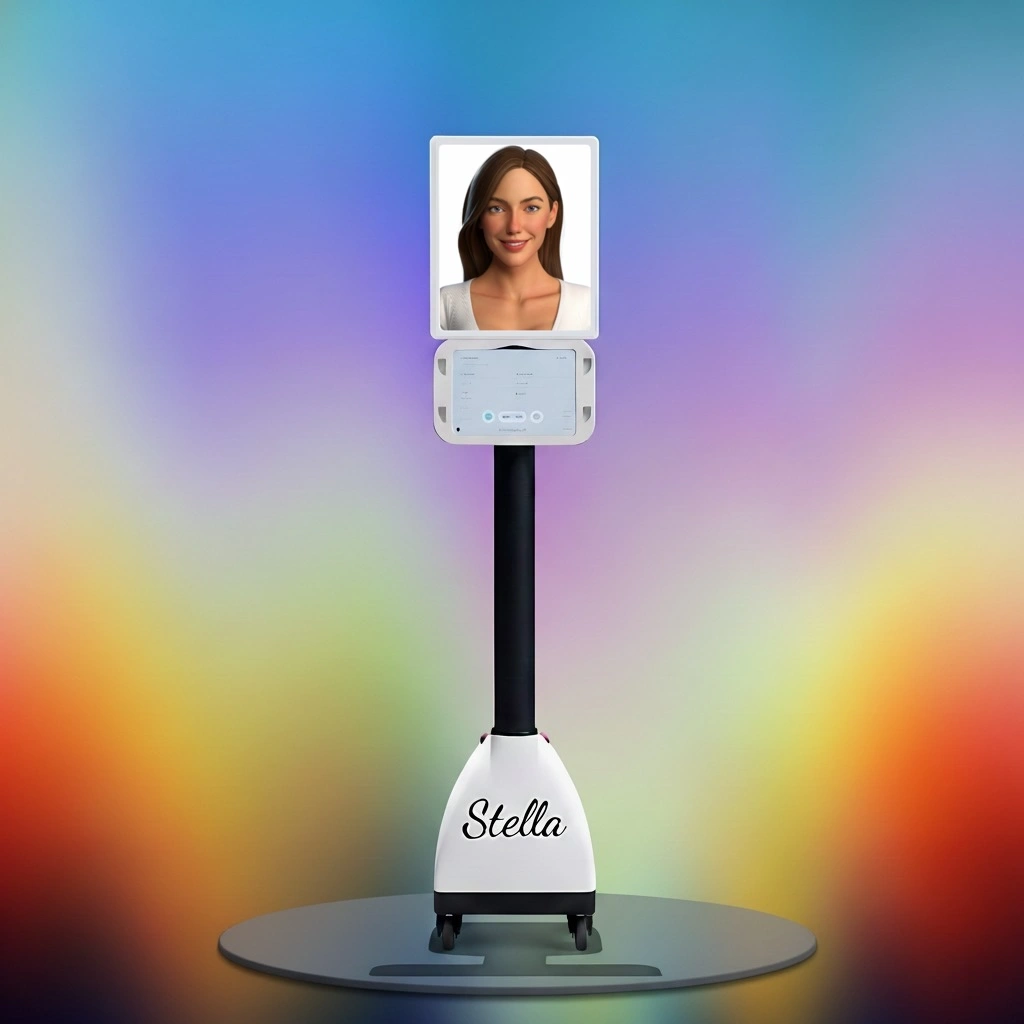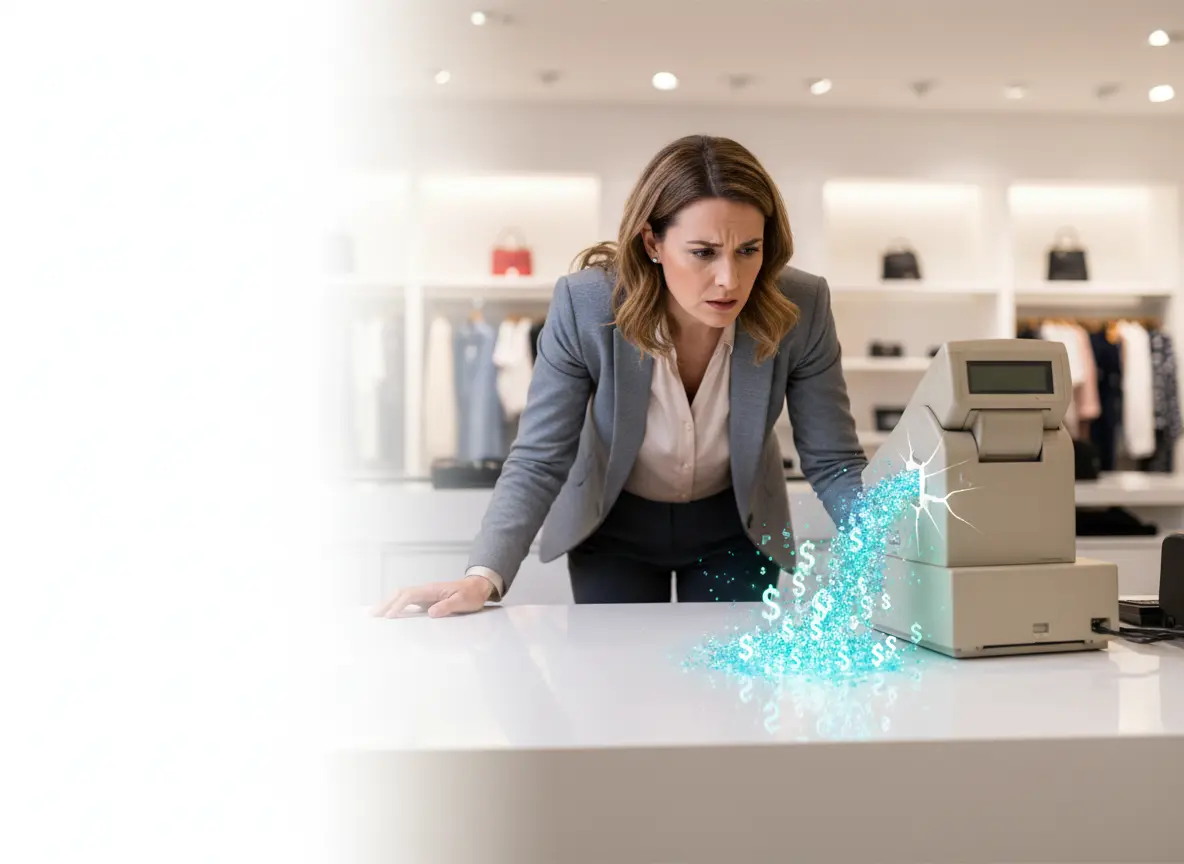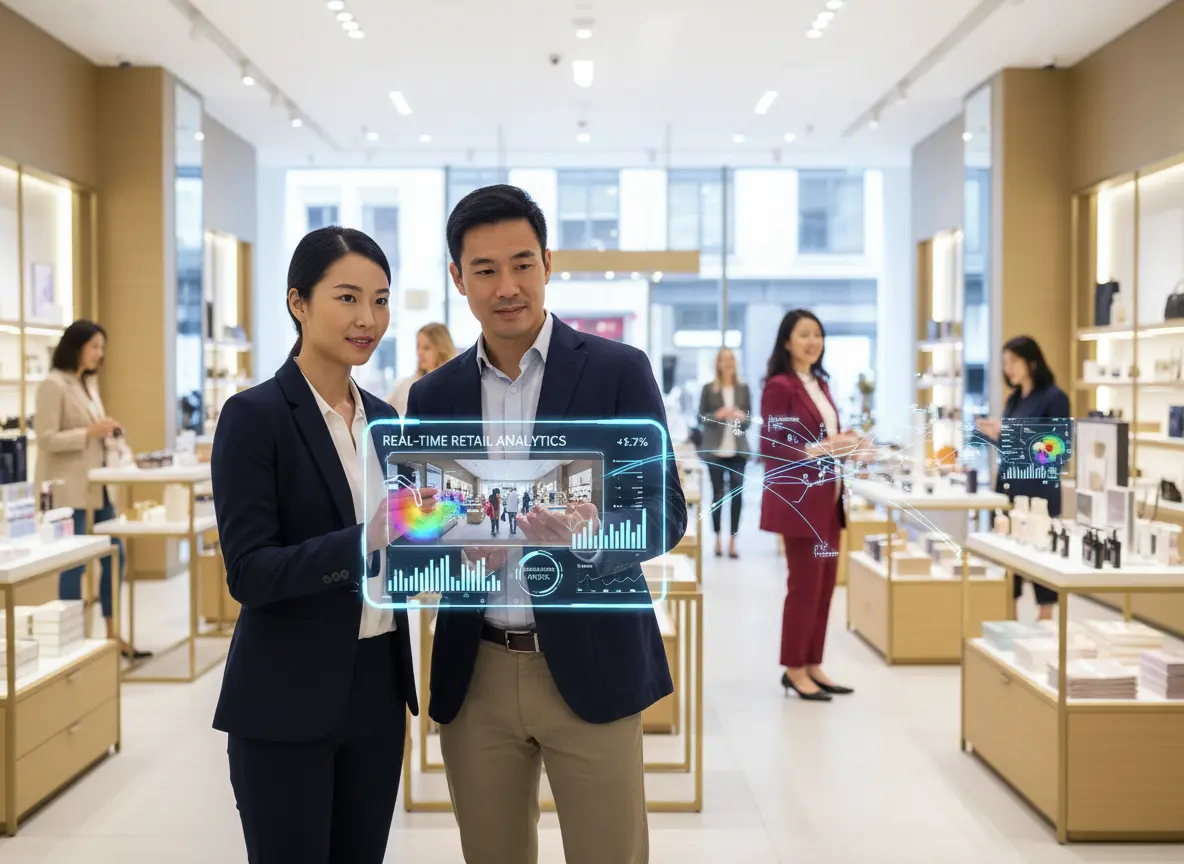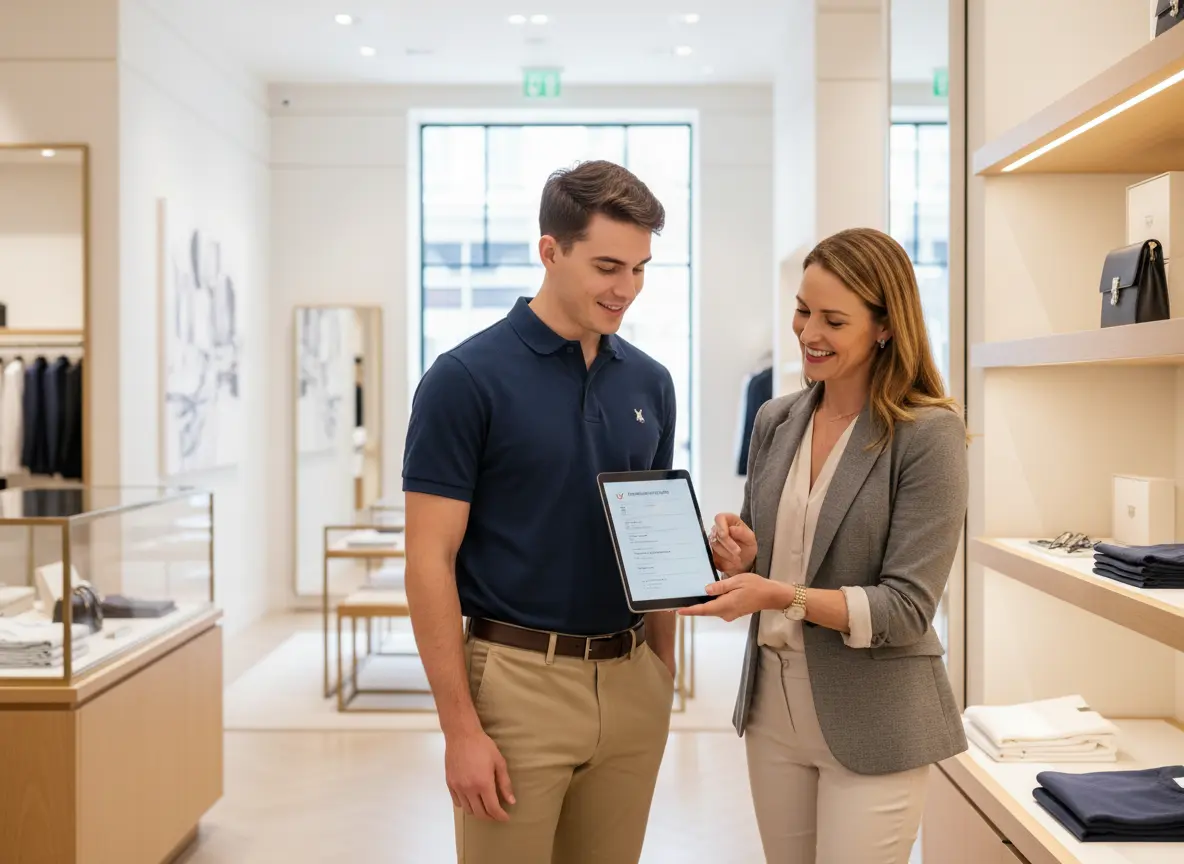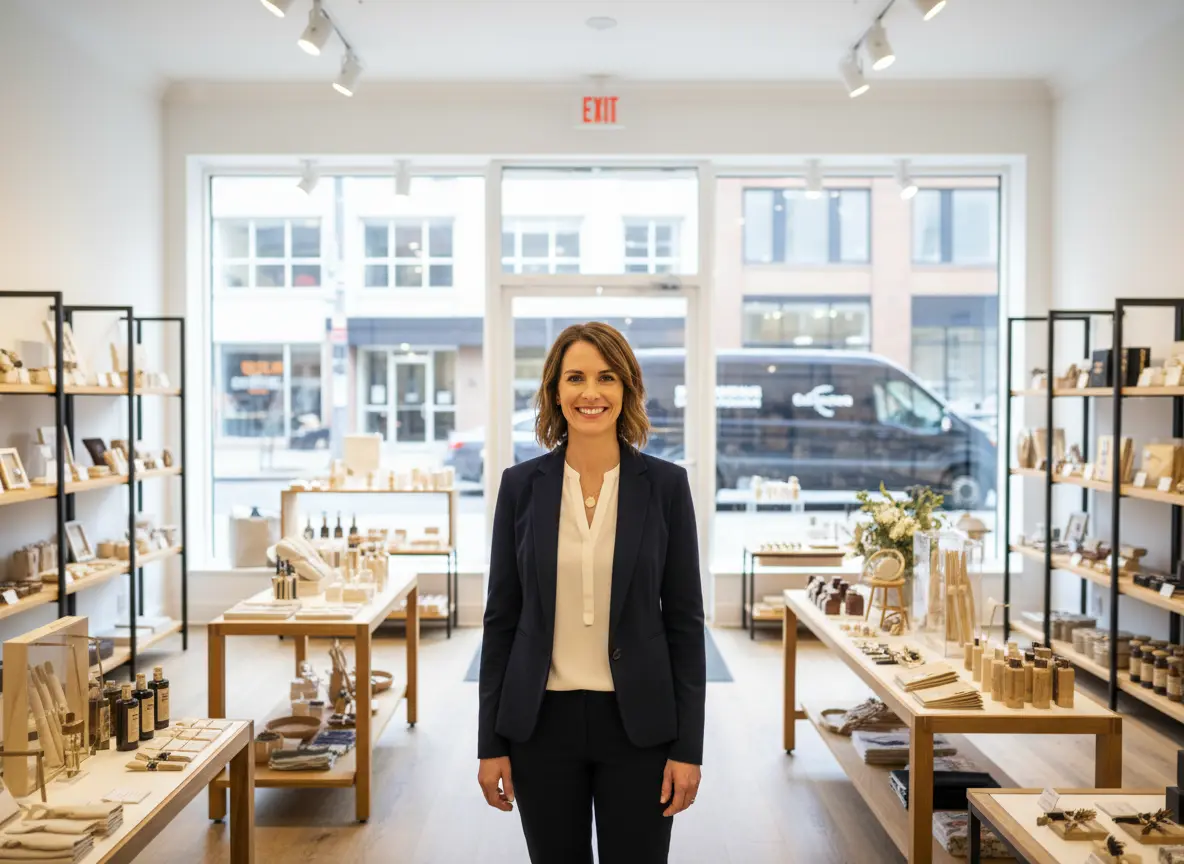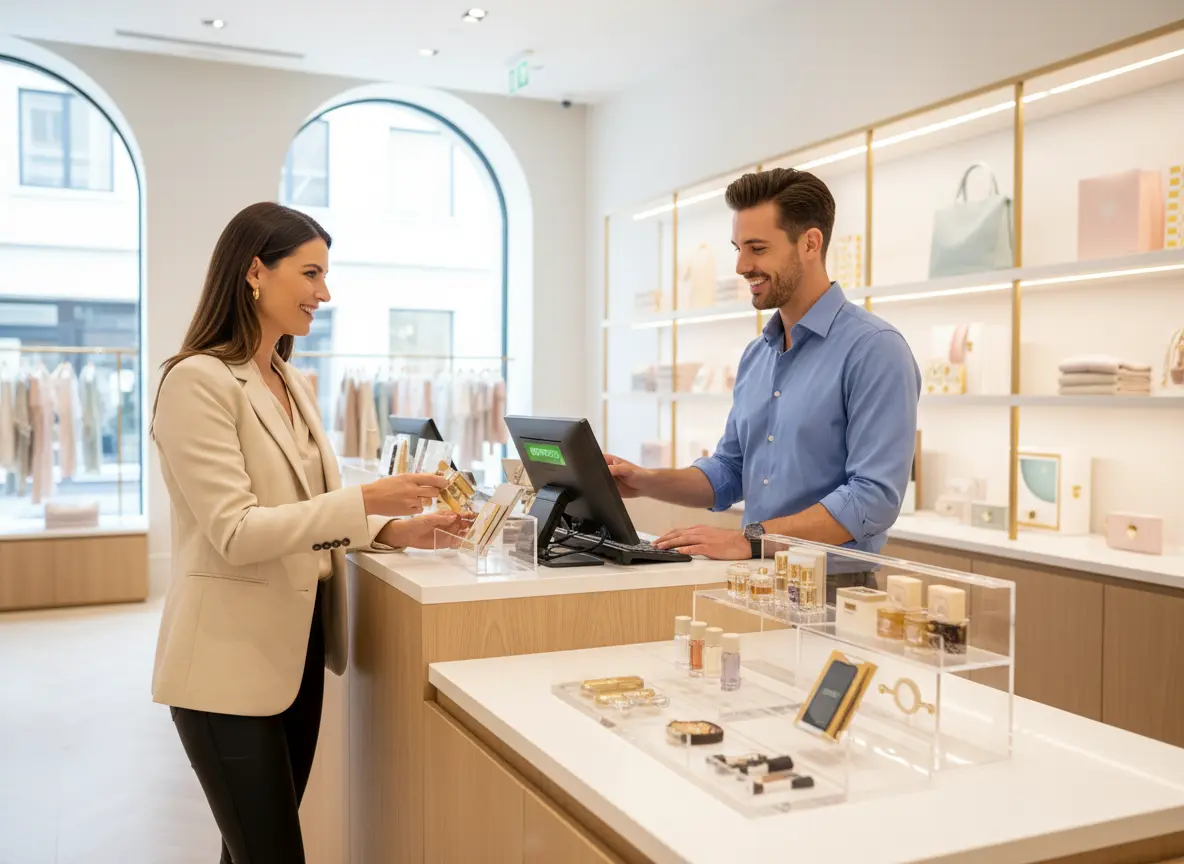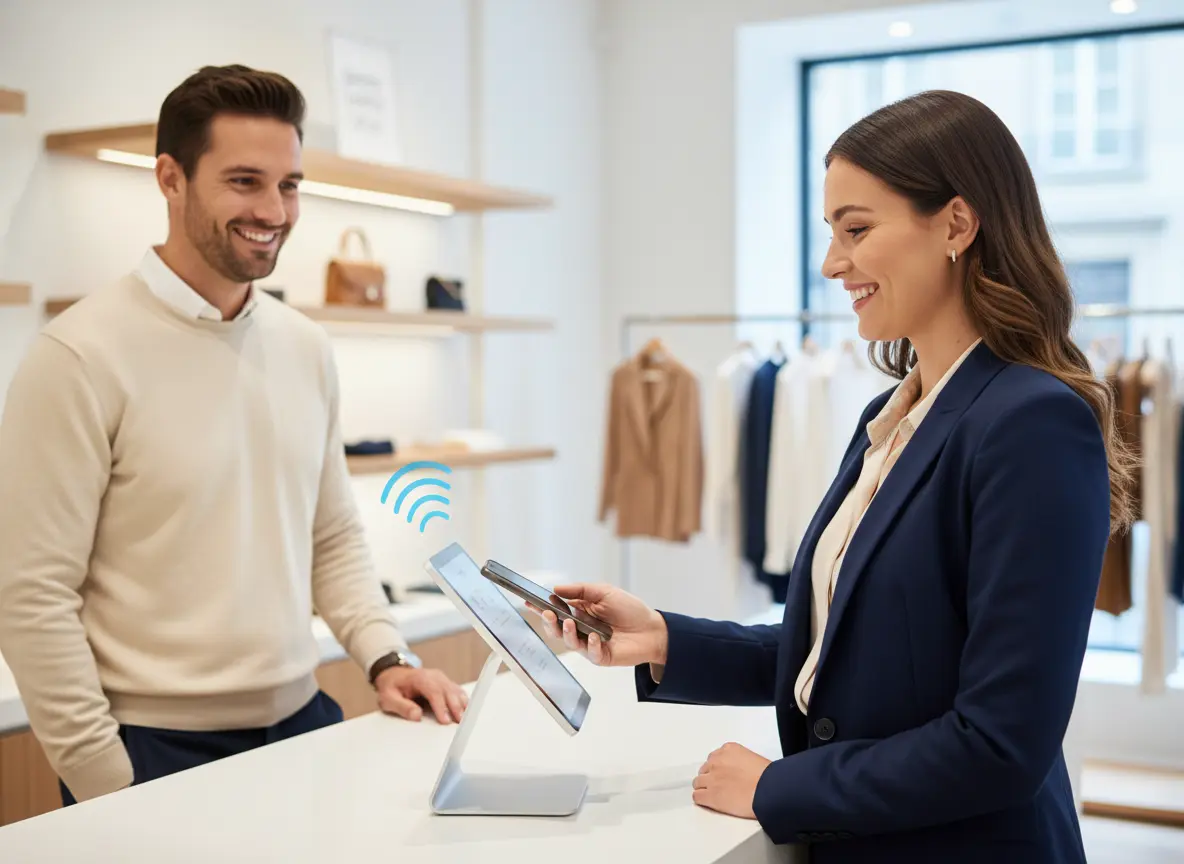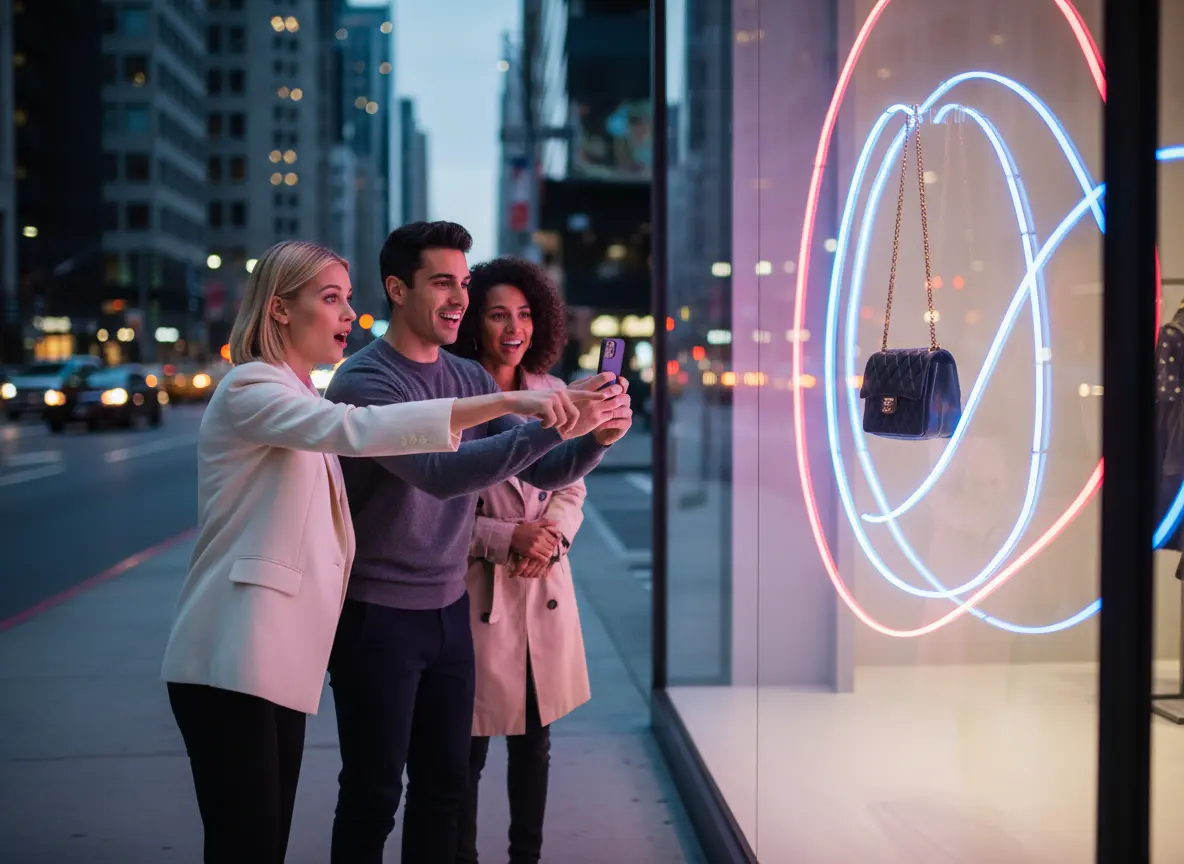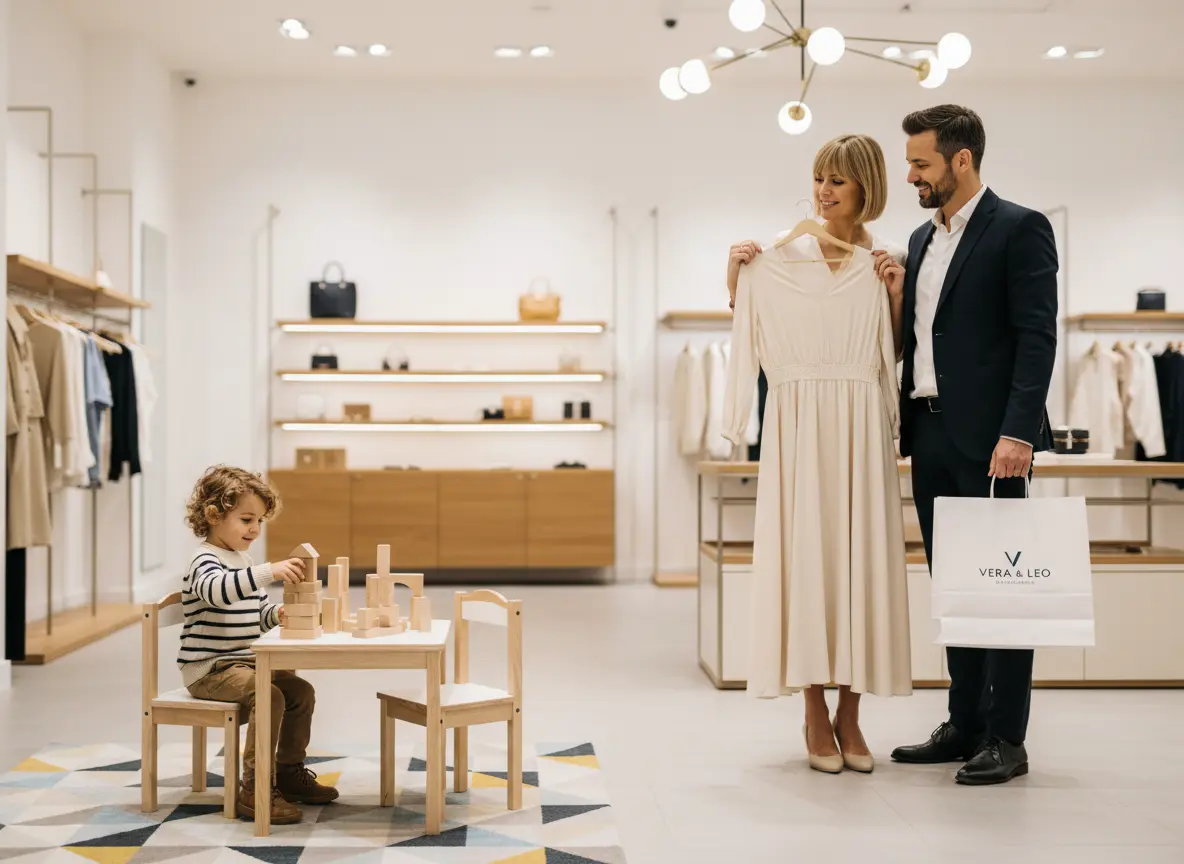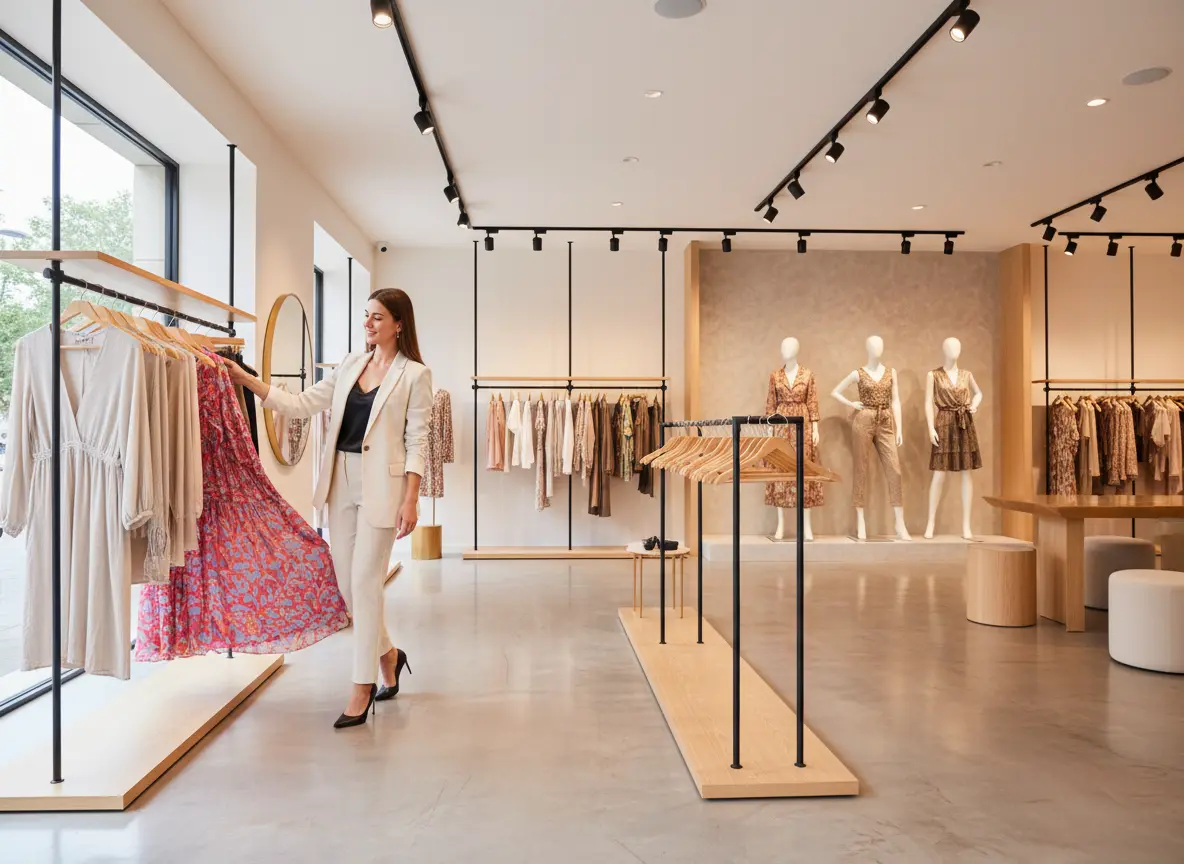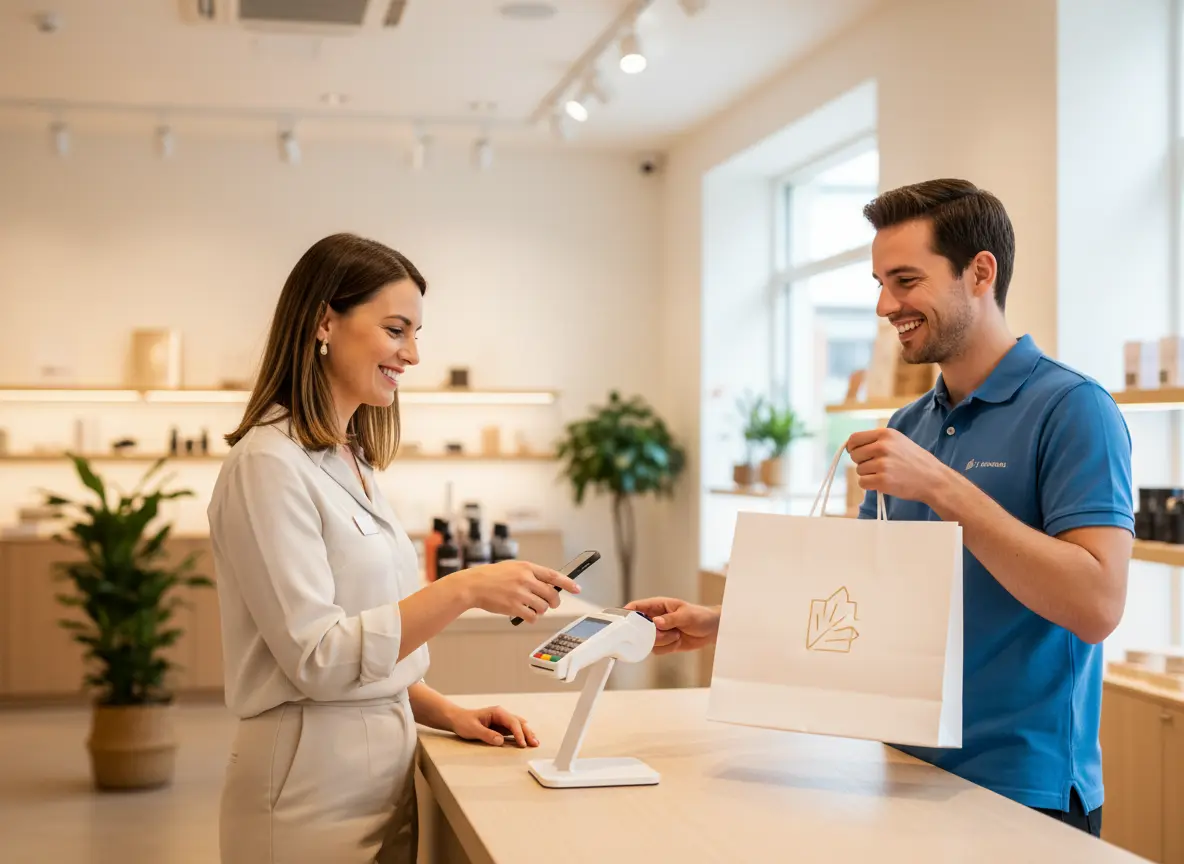Let's Talk About the Upsell: It's Not a Dirty Word
Ah, the "upsell." For many retail owners, the word conjures images of a pushy used-car salesman from a 90s movie, trying to peddle rust-proofing to an unsuspecting customer. For your staff, it might feel like a desperate, awkward plea. For your customers? It often sounds like, "Do you want to spend more money for no good reason?" It's no wonder that "upsell training" often consists of a five-minute pep talk that results in your team mumbling, "...you want the extended warranty with that?" as they avoid eye contact.
Let's be brutally honest. If your strategy to increase Average Transaction Value (ATV) relies solely on a question tacked on at the end of a sale, you're not upselling; you're just annoying people. But here's the secret: a good upsell isn't a sales tactic. It's a customer service enhancement. It's about anticipating a customer's needs and offering a solution that makes their initial purchase even better. When done right, it doesn't just bump your ATV by 10-20%; it builds loyalty and makes the customer feel understood. So, how do we get from awkward mumbling to authentic, value-added recommendations? Let's ditch the old playbook.
Why Your 'Upsell Training' Is Probably Failing
If you've ever handed your team a script and said, "Memorize this," you might be part of the problem. Effective upselling is an art, not a script. It requires nuance, product knowledge, and a genuine desire to help. Let's break down where most stores go wrong.
From "Do You Want Fries With That?" to Genuine Recommendations
The fast-food upsell is famous because it's simple and transactional. Your store is not a drive-thru. The goal isn't just to add a low-cost item; it's to add a high-value one. This requires a fundamental shift in mindset from "selling more stuff" to "solving a complete problem."
- The Problem-Solver Approach: Someone buying a high-end digital camera isn't just buying a device; they're buying the ability to capture memories. The upsell isn't the extended warranty. It's the high-speed memory card that ensures they don't miss a shot, the durable case that protects their investment, and the spare battery that saves them on a long day of sightseeing. The employee isn't a cashier; they're a photography consultant.
- Empower with Knowledge: Your staff can't recommend what they don't understand. If they haven't used the products, their recommendations will sound hollow. Schedule regular, hands-on product training. Let them play with the gadgets, try on the clothes, or use the kitchenware. An employee who can say, "I have this at home, and the best part is..." is infinitely more persuasive than one reading from a feature list.
The Psychology of 'Yes': It's All in the Timing and Phrasing
Jumping in with an upsell pitch the moment a customer picks something up is the retail equivalent of proposing on the first date. It's too much, too soon. The art of the upsell lies in the conversation that happens before the checkout.
Instead of a blunt "Want to add this?", try weaving recommendations into the discovery process. Ask open-ended questions like, "What kind of projects are you planning to use this for?" The answer will give you the perfect opening. If they're buying a paint sprayer for a big outdoor job, you can naturally suggest the cleaning kit by saying, "This will save you a huge headache when you're done. A lot of our customers say it cuts their cleanup time in half." You've used social proof and framed the upsell as a time-saving benefit, not just another cost.
Incentivize, Don't Terrorize
Nothing kills team morale faster than a high-pressure sales contest that pits employees against each other. While a little friendly competition can be healthy, individual goals for upselling can lead to pushy behavior that drives customers away. Instead, focus on team-based incentives. Celebrate when the entire store hits a new ATV record. This encourages collaboration, where top performers share their techniques with others. Also, consider rewarding based on more than just numbers. A great customer review that specifically mentions an employee's helpful recommendation is worth its weight in gold—and should be rewarded as such.
The Unsung Hero of the Upsell: Consistency
You can have the best-trained staff in the world, but what happens when they're swamped? What about on a Tuesday morning when the store is quiet and motivation is low? The biggest challenge in any upselling strategy is consistency. An offer is useless if only half your customers hear about it.
Ensuring Every Customer Gets the 'A-Team' Treatment
This is where having a reliable, automated assistant can be a game-changer. Imagine every single person who walks through your door is greeted warmly and immediately made aware of your key "perfect pairing" offer or your deal of the day. That's the foundation of a consistent upsell strategy. While your human team is busy providing deep, personalized service, [Stella](https://www.stellabots.com) can act as the perfect opening act.
She can be programmed to say, "Welcome! Just so you know, for a limited time, when you purchase any of our new running shoes, you get 50% off a pair of performance moisture-wicking socks. They make a huge difference in comfort!" By the time that customer gets to your team member, the seed has already been planted. Your employee isn't introducing a new idea; they're simply reinforcing a great offer the customer is already considering. This makes the final upsell feel less like a pitch and more like a helpful reminder to take advantage of a great deal. Stella ensures the baseline message is delivered 100% of the time, freeing your staff to focus on closing and personalizing.
Building a Culture of Smart Selling
A successful upselling strategy isn't a one-time training event; it's a permanent part of your store's culture. It's about empowering your team to be confident consultants who are rewarded for helping customers, not just for hitting targets.
Training That Doesn't Involve 50-Page Binders
Let's face it: no one reads the giant training binder. And if they do, they forget 90% of it by the next day. Training needs to be active, ongoing, and, dare we say, fun.
Try this: Dedicate 15 minutes in your weekly team meeting to role-playing. Have one person act as the customer with a specific goal ("I'm looking for a gift for my dad who loves to grill") and have another practice asking discovery questions and suggesting a natural upsell (like a set of high-quality grilling tools or a digital meat thermometer). Then, have the team provide constructive feedback. It's low-pressure, collaborative, and far more effective than a PowerPoint presentation.
Know Your Products, Know Your Bundles
Make it easy for your staff to succeed by creating pre-approved "perfect pairings" or tiered bundles. Don't leave it to them to invent pairings on the fly. Strategically identify your most common "hero" products and determine the most logical add-ons.
- The "Good" Bundle: The core product.
- The "Better" Bundle: The core product + the most essential accessory.
- The "Best" Bundle: The core product + all the accessories for the complete, premium experience.
This structure gives your team a simple, clear path to a tiered upsell. They aren't just selling a product; they're selling a complete solution, and customers often appreciate the clarity.
Measuring What Matters: Beyond Just the ATV
Yes, the goal is to increase Average Transaction Value. But that metric alone doesn't tell the whole story. A high ATV driven by pushy tactics will eventually lead to a decline in customer visits and negative reviews. You need to balance your metrics. Track your ATV, but also monitor your attachment rate—the percentage of transactions that include more than one item. This shows if your team is successfully adding items to the basket. Most importantly, keep a close eye on customer satisfaction scores and online reviews. A successful program will see all of these metrics rise in tandem.
A Quick Reminder About Stella
As you focus on transforming your human team into upselling superstars, remember that consistency is your secret weapon. An AI retail assistant like Stella works tirelessly at your entrance, ensuring every single shopper is greeted, informed about your key promotions, and primed for the value-added conversation your staff is now expertly trained to have.
Conclusion: From Transaction to Relationship
Ultimately, mastering the art of the upsell is about shifting your store's focus from processing transactions to building relationships. When your team genuinely believes their recommendations are improving the customer's experience, the entire dynamic changes. The awkwardness disappears, replaced by the confidence of a trusted expert.
Don't try to boil the ocean. Start small. Pick one strategy—whether it's implementing 15-minute role-playing sessions or defining three "perfect pair" bundles for your top-selling product. Train your team, track the results, and celebrate the wins. Soon, you'll find that "upselling" is no longer a dirty word in your store. It's just another name for excellent customer service.
